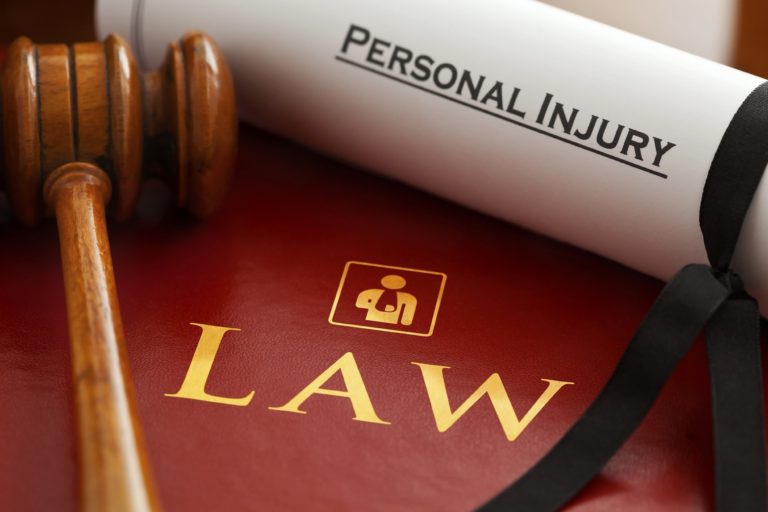
Learning the Basics: Personal Injury Law
 Published September 21, 2019
Published September 21, 2019
New York can be a dangerous place. Although you might think of thieves and gangs as the threat, there are many other real dangers out there. Car accidents, slip and falls, and dog bite accidents can happen anywhere in the city.
If you find yourself a victim of an accident caused by negligence, you can seek compensation through a personal injury claim. Before you do, you should learn the basics of personal injury law.
What is Personal Injury?
Personal injury is an incident caused by another person’s negligent or intentional behavior. For you to have a claim, there needs to be concrete evidence of negligent behavior. You could have witness testimony, video proof, or a police report.
There are many different types of personal injury. Car accidents, workplace accidents, and premises liability accidents can all be examples of personal injury. Negligence is likely to be a cause of all three types of accidents. For instance, a drunk driver is guilty of negligence and could be held accountable for their actions in a civil court. An employer could fail to provide full training for their employees, which could result in a serious injury.
Time Limits on Claims
In New York and other states, there is a statute of limitations on personal injury claims. This limits the time you have to file a lawsuit against another party. As a general rule, New York courts allow a victim three years to file a claim. If you wait too long to file, the court will probably throw out your case.
That said, the deadline isn’t always three years. Generally, the timeline varies based on your type of claim. Wrongful death claims have a deadline of only two years. If you’re a victim of medical malpractice, you only have two and a half years to file your claim. That timeline could be extended if you don’t find out about the incident until after your doctor’s visit. For example, you might not know of an injury until one year after a surgery. The statute of limitations may not kick in until you discover the harm.
The statute of limitations is different for minors. When a minor is a victim or a claimant, the statute does not begin until the child turns 18. They could have three years from their 18th birthday to file a claim.
How Does the Process Work?
To get the process started, you should first hire an attorney. They can describe the whole process and tell you more about your options.
First, you need to file the lawsuit. The paperwork for this can be difficult, and it’s crucial that you don’t make any mistakes. An attorney can ensure the process goes smoothly and is error-free.
Then, you and your lawyer will sit down with the defendant and their legal representation. The negotiations will begin, and you may be able to come up with a settlement. Typically, the other party will give you a low offer. Your attorney needs to negotiate back and forth to come up with a desirable offer.
At times, there is no settlement agreement. If this is the situation, your case will go to court. The decision will be left in the hands of the court.
Finding an Attorney
The best way to find a lawyer is to seek someone who has experience with personal injury cases. Rosenberg, Minc, Falkoff & Wolff, LLP has the experience and resources you need to get results.
The post Learning the Basics: Personal Injury Law appeared first on Native News Online.
